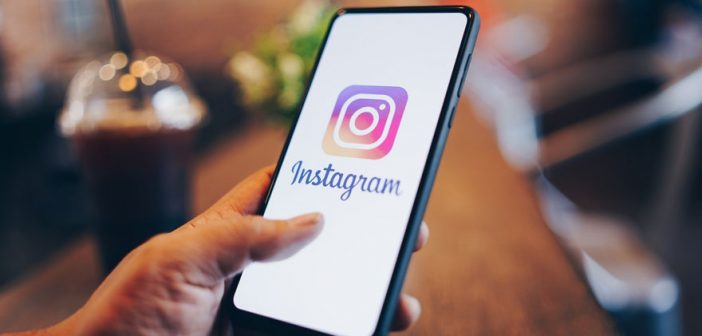Pinterest Influencers Remain an Untapped Resource for Marketers
The nearly decade-old tech company Pinterest has been slow to capitalize on its product’s potential for on-platform shopping. But that doesn’t mean marketers don’t stand to gain from the site’s wealthy supply of influencers.
“From Pinterest’s point of view, it’s probably one of the most underutilized mediums in terms of influencer marketing,” Oliver Yonchev, the U.S. managing director of the social media marketing agency Social Chain told Cheddar. “The users are in a buyers’ mindset. I go there to be inspired. I go there to decorate my apartment, to plan an event. That’s such a unique mindset to be in.”
Pinterest now boasts more than 290 million monthly users and expects just over $1 billion in revenue this year. Still, the company isn’t profitable, and its first quarterly earnings report as a public company ー revealing losses greater than expected– triggered a 15 percent fall in share prices last week.
Yonchev said Social Chain, which has worked with ASOS, NBC Universal, and Apple Music, doesn’t plan to spend more on media on Pinterest, but will be increasing the time it spends on influencers who work on Pinterest’s platform.
In recent years, Pinterest has made efforts to court influencers and the advertisers that want to hire them. Last fall, the company made available an API that helps markets and brands track insights from influencers’ data. Now advertisers can access valuable data including monthly views, impressions, click-throughs, and the number of times an image is saved. Such information could be vital as one of the biggest challenges for advertising on social media is accessing metrics that can confirm the success of a campaign.
But marketers haven’t taken full advantage of the opportunity, according to Yonchev. “Pinterest has struggled with the ad industry in communicating what exactly it is. Is it search? Is it social?” he said. That ambiguity has made it difficult for marketers to categorize spending on Pinterest in their budgets.
Yonchev explains that “there’s an abundance of supply, but the industry hasn’t really capitalized on it from an advertiser point of view.” With a limited demand, the cost of hiring an influencer on Pinterest is likely lower than the cost of hiring an influencer on another platform. Moreover, Pinterest doesn’t take a cut.
The nature of Pinterest’s ‘pins’ ー the saved images that are posted on the platform’s ‘boards’ ー distinguishes the platform from its competitors, which have increasingly focused on ephemeral content. These pins have a longevity that images and videos on platforms like Instagram and Snapchat don’t. According to Pinterest, a pin can drive engagement for more than four months.
Yonchev says that influencers on Pinterest, like an influencer on any platform, should have creative control over the placement of a product. He highlighted that “Pinterest is about aesthetics,” and not necessarily voice and personality.
Despite growing interest in influencers, Pinterest is still behind major competitor, Instagram, in building technology that can facilitate on-platform transactions. YouTube also is incorporating a shopping component.
“Pinterest is better placed to become a commerce platform, in my opinion. But they haven’t capitalized on it as of yet,” Yonchev stated.
Gerber Kawasaki President and CEO Ross Gerber echoed that sentiment last week, when he told Cheddar: “This is Pinterest’s problem. They got a lot of eyeballs but they’re just not monetizing them even a tenth of as well as Instagram.”
For full interview click here.
–
This article first appeared in www.cheddar.com
Seeking to build and grow your brand using the force of consumer insight, strategic foresight, creative disruption and technology prowess? Talk to us at +9714 3867728 or mail: info@groupisd.com or visit www.groupisd.com




